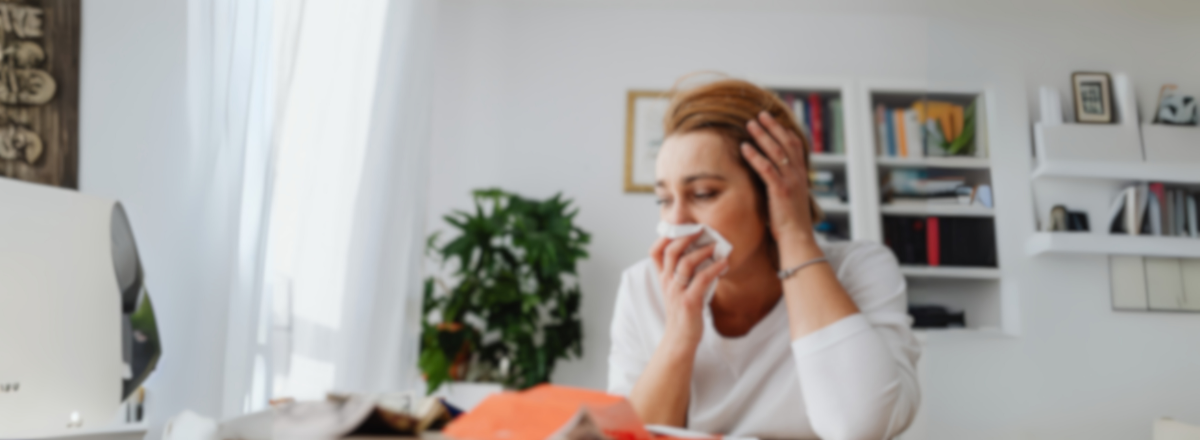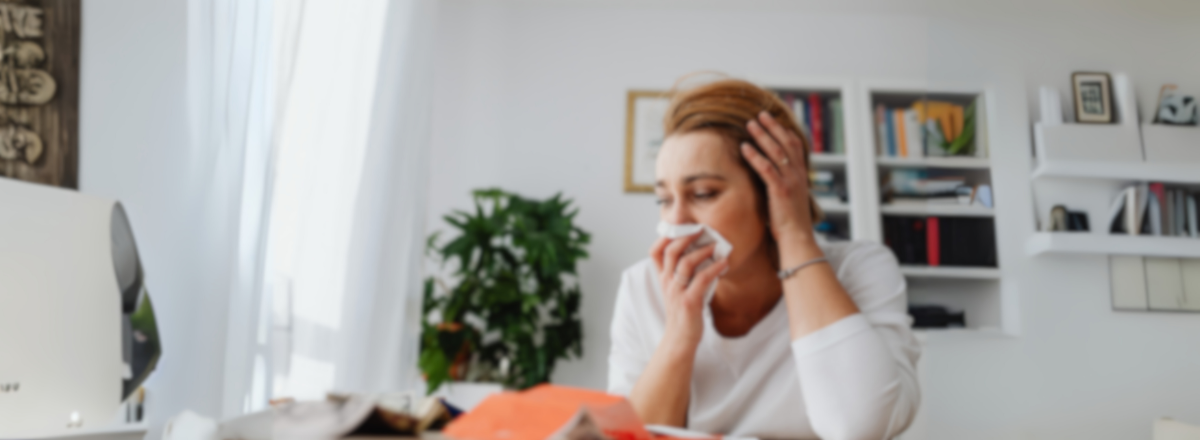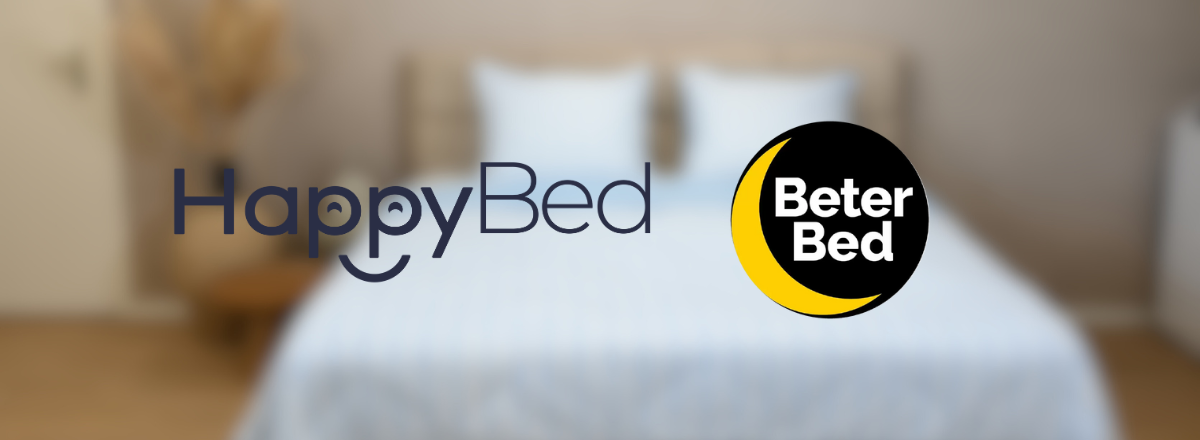If you struggle with allergies, you know how much your sleeping environment can affect your health. Dust mites, pollen, and other allergens always seem to end up in your bedding, messing with your sleep. But is a duvet without a cover a good pick for people with allergies? Check out below what exactly a coverless duvet is, how it helps with allergies, and what to look out for when buying one.
What Is a Duvet Without a Cover?
A duvet without a cover is an innovative 2-in-1 solution where the outer layer of the duvet acts as the cover. So you don't need a separate duvet cover. Thanks to this clever idea, making your bed is way easier and you can just toss the whole thing in the washing machine.
For people with allergies, the coverless design can be a real plus because you can wash it right away, so you can get rid of allergens like dust and mites without the hassle of separate covers.
A duvet without a cover is super simple, hygienic, and thanks to its minimalist look, it gives your bedroom a stylish vibe.
Duvets Without Covers and Allergies, How Does It Work?
When it comes to allergies, it's all about cutting down your exposure to allergens around you. Bedding is one of the biggest hotspots for stuff like dust, skin flakes, and dust mites. A coverless duvet can help you manage allergies better, and here's why:
1. No Separate Cover Layer
Traditional duvets with separate covers have extra layers where allergens can pile up. With a coverless model, you skip that extra layer, so there are fewer spots for dust and dust mites to hide.
2. Fully Washable
Coverless duvets are made so you can toss the whole thing in the washing machine. Washing regularly at 60 degrees Celsius helps get rid of dust mites and allergens for real. This is super important for people who are sensitive to these triggers.
3. Less Dust Build Up
Thanks to the sleek and simple design of a coverless duvet, less dust sticks to it. That means you don't have to clean it as often to keep it allergen free.
4. Hypoallergenic Materials
A lot of coverless duvets are made from hypoallergenic materials like microfiber or antibacterial fabrics. These materials are specially designed to limit the growth of allergens like mold or bacteria.
Thinking About Buying a Coverless Duvet? Here's What to Look Out For
If you're thinking about getting a coverless duvet to help with allergies, there are a few important things you should keep in mind:
1. Washability
Check if the duvet can be washed at high temperatures (at least 60 degrees). This is super effective for killing dust mites and getting rid of allergens. Also, make sure the duvet fits in your washing machine.
2. Breathability
Go for a duvet made from breathable materials. Well-ventilated fabrics stop moisture from building up, which can otherwise help mold and bacteria grow. Materials like cotton or bamboo fiber are awesome picks for people with allergies.
3. Hypoallergenic Features
Look for specifically mentioned hypoallergenic features. This includes antibacterial and antimicrobial finishes that help keep your sleeping surface clean and safe.
4. Suitable For Your Season
Check if the coverless duvet is suitable for your climate. Lots of brands offer lightweight summer models and warmer winter versions, depending on what you need. This not only makes sleeping more comfortable, but also helps prevent sweating too much and keeps moisture at bay.
5. Certifications
Check if the duvet has certain certificates, like OEKO-TEX® Standard 100, which means the fabric is free from harmful substances and safe for people with sensitive skin or allergies.
Benefits of a Duvet Without a Cover for Allergy Sufferers
The duvet without a cover comes with several key benefits. Here's a quick summary of the main points:
- Easy Maintenance: Washing every week gets way easier since you don't have to deal with a separate cover.
- Reduction of Allergens: Washing regularly gets rid of dust and dust mites effectively.
- Airflow and Dryness: Breathability cuts down on moisture, which helps prevent mold from forming.
Thanks to these practical features, a duvet without a cover not only reduces allergies but also helps you get a healthier night's sleep overall.
Cons to Keep in Mind
Of course, there are a few things to keep in mind with a duvet without a cover:
- Frequent washing: Because you wash the whole duvet, you need to make sure your machine is big enough and you'll have to spend some time drying it.
- Design variety: Since the cover is built in, you have less flexibility to switch up your bed's look with new covers all the time.
But honestly, these things are usually manageable, especially if health and convenience are your top priorities.
Conclusion
Is a duvet without a cover suitable for people with allergies? Absolutely. Thanks to the smart combo of washability, hypoallergenic materials, and easy cleaning, it's a super practical solution for allergy sufferers. Whether you deal with dust mites, asthma, or other allergies, a duvet without a cover can help you get more control over your sleep environment.
By picking the right option for your specific needs, you can not only cut down on allergens but also enjoy a fresher, healthier night's sleep. Go for high quality models, check the specs, and invest in your health because everyone deserves an allergy free night!

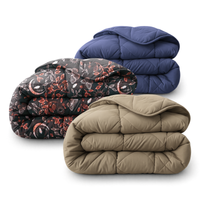







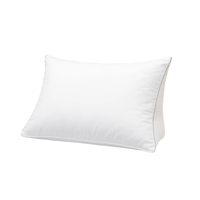
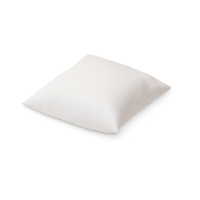

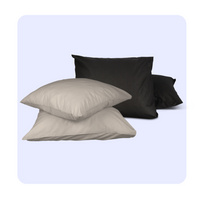
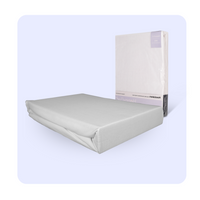
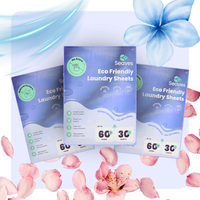
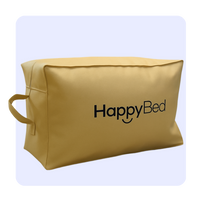

 Continue shopping
Continue shopping